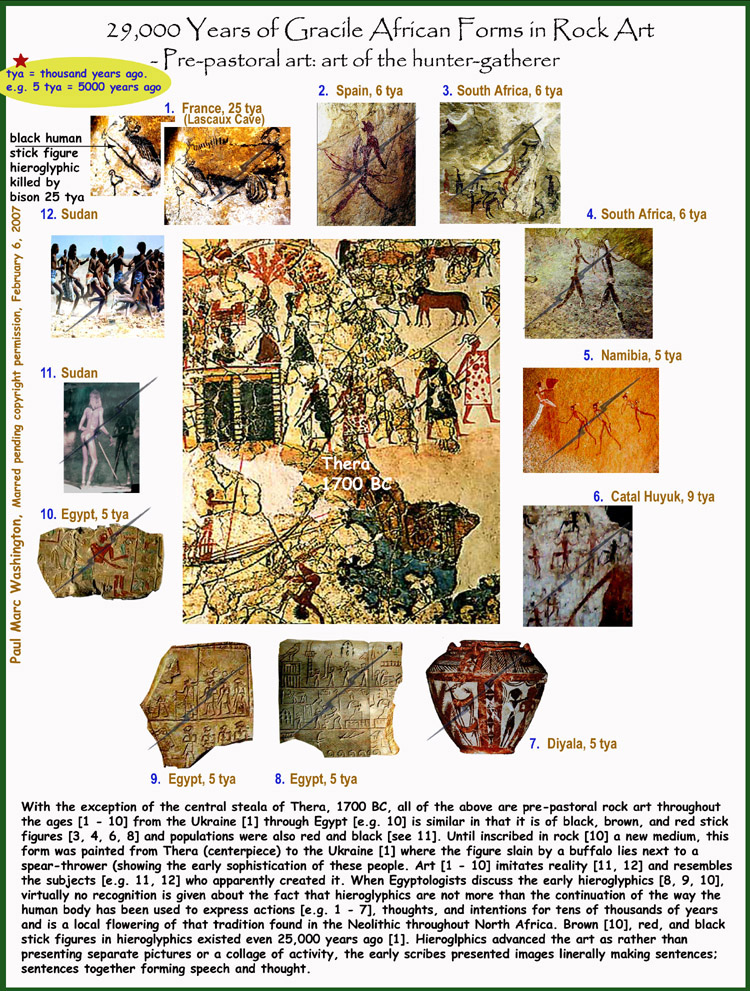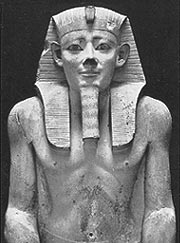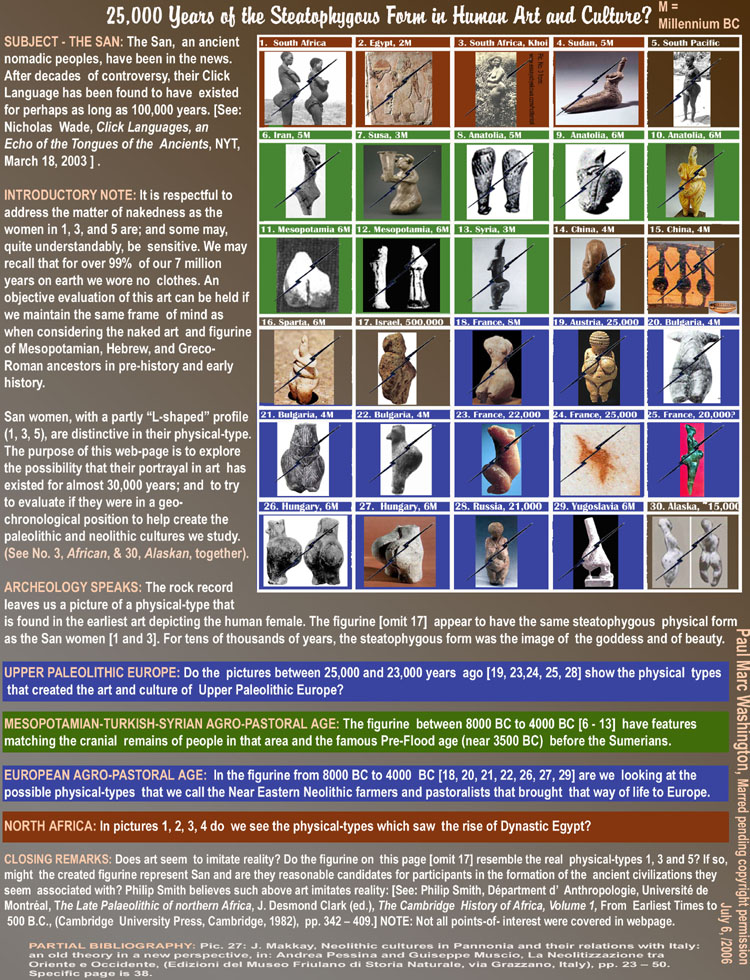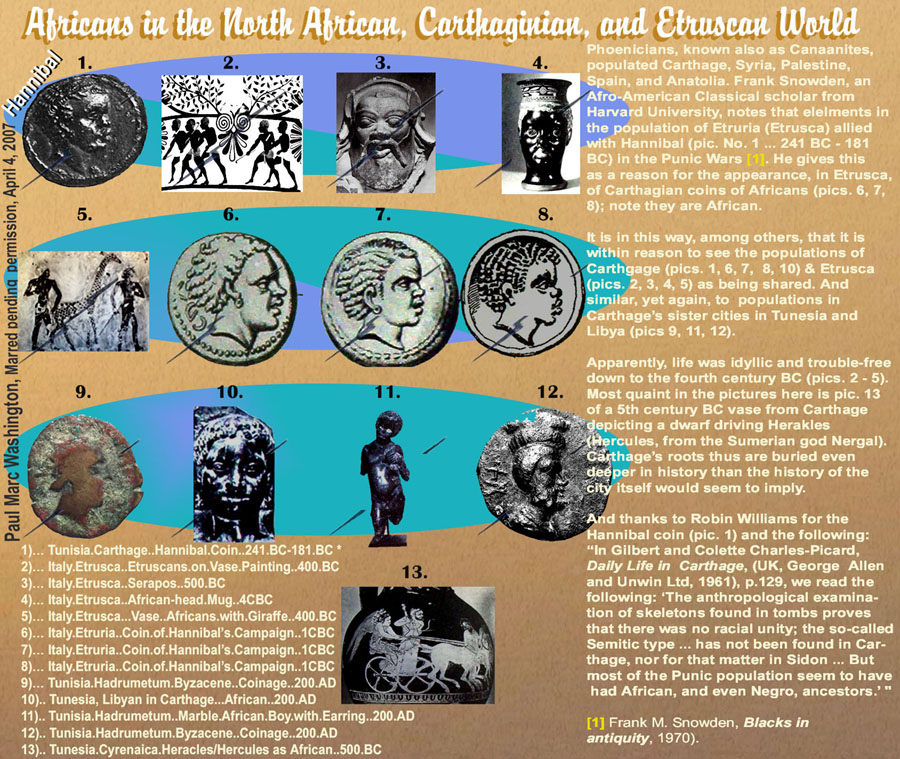[Minimalist writes]
1) … three statues cover a period of slightly more than 1,000 years in Egyptian history yet all share a similar style. Are these realistic or idealized portraits?
2) Second point, dugout canoes. Anyone living near a river or sea would have had occasion to notice that logs float.
3) Red ochre. <snip> Literally everyone seems to know of it and used it in burials or cave paintings. <snip> Charcoal, again, is a common substance in any place where camp fires are a normal part of life.
[Marc writes]
Minimalist. If one piece of evidence found worldwide existed in isolation in each location it was found, it might be stretching things to say that they were all the sign of a single people. And this could be correct. But, when the constellation of things found in multiple places is the same, for each additional thing found the lesser the possibility that these things were due to chance: the greater the possibility that they are correlated.
Above you mention two things that you think could be independently arrived at: dug-out canoes and the use of charcoal and red ochre. What about board games? Pyramids? Pottery grave goods found in Neolithic burials? What about the fact that all the figurine are of the small delicate type?
Even cosmogonies, worldviews, tripartite heavens, male-female paired creator gods, thunder gods, gods of writing. The list goes on-and-on about the things found in each location during the same window of time.
That all this constellation of things is found within the same window of time to some extent in each locale means there is less-and-less possibility it was due to chance with each new thing found from one, to two, to three, to four, to five, to six, to seven.
THE THREE PHAROAHS: You, Minimalist, have given the three pharoahs as proof that perhaps they were stylized to support an argument saying that similarities of slender, gracile red and black individuals (who, by the way, resemble the real Sudanese women in that picture 11 I showed and the picture of slender Sudanese men in picture 12 from the same area that the bulk of that Neolithic art is found in North Africa).
I have defined “African” phenotypically, not geographically. African as people (omitting color, color aside) given being dolichocephalic (to identify cranial remains) to full facial features (full noses and mouths) and woolly or wiry hair (though many black women have straight hair as do my mother and sister through using hair relaxant).
Now, you have showed three pharaohs who lived within 1000 years of each other. Here are two pictures of populations over a 1.7 million year period who are dolichocephalic, full facial features, given to woolly or wiry hair; many African women are steatophygous as early figurine found in Europe and people acknowledge that the Bushman and Pygmy made Europe’s earliest populations.
The first picture below is in Europe, the second worldwide – Africans by my definition. So, I’d say the three pharaohs you show are likely not too stylistic but likely pretty realistic.
Ancient populations in Europe
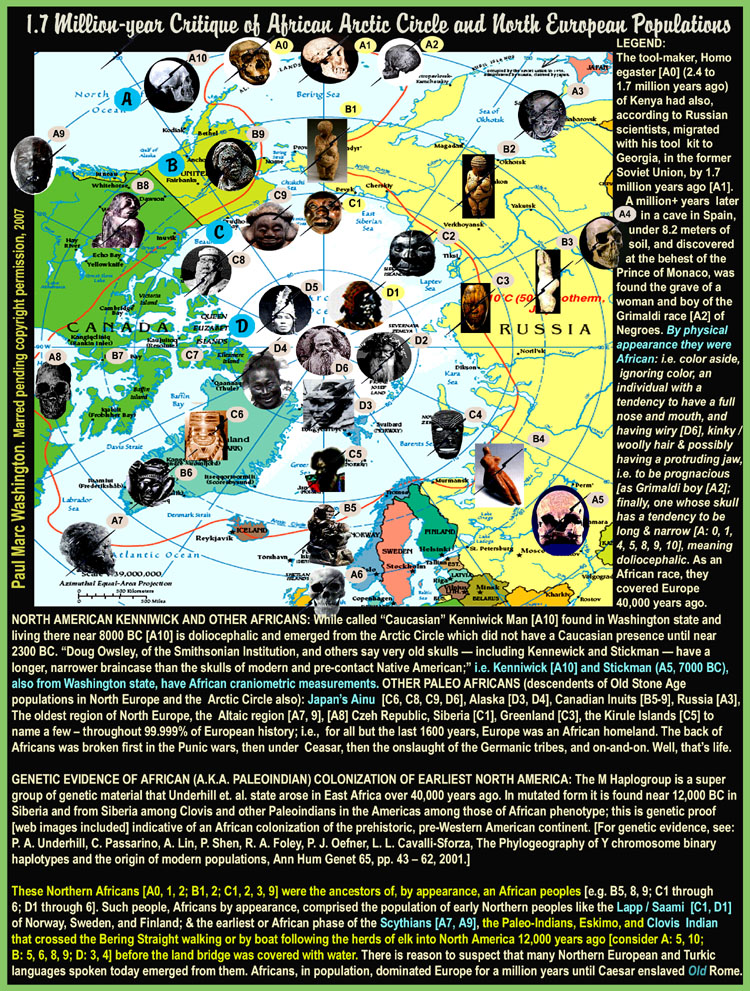 http://www.beforebc.de/all_europe/05-09-05.html
Ancient populations worldwide
http://www.beforebc.de/all_europe/05-09-05.html
Ancient populations worldwide
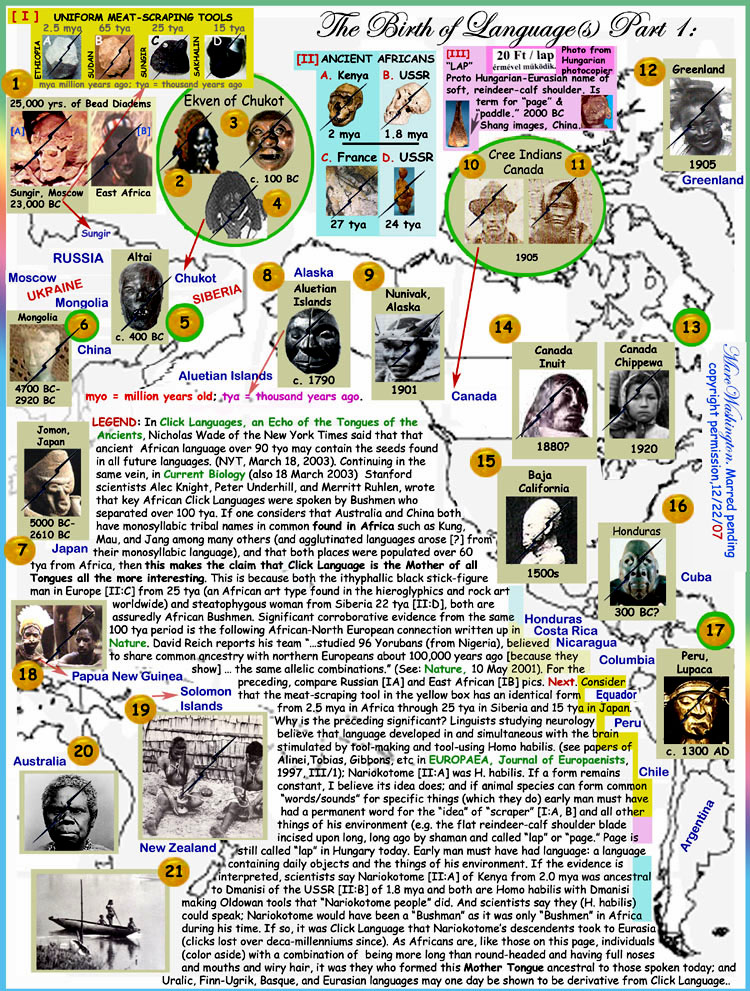 http://www.beforebc.de/all_america/900_ ... 00-21.html
CONCLUSION:
http://www.beforebc.de/all_america/900_ ... 00-21.html
CONCLUSION: With elements of the same constellation of artefacts found in each locale the same, I'd say the probability is that they showed a single population originating from one point and radiating outwards and that the portrayals were not stylized but realistic.
I am not going to defend this point to you again, Minimalist. This is all I have to say to you about this matter.
.
.
